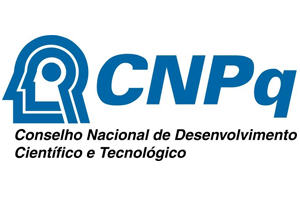Ghufran Saadi Ekab
Department of Chemistry, College of Education for Pure Science ibn Al-Haitham, University of Baghdad, Baghdad, Iraq
Ibtisam Khalifa Jassim
Department of Chemistry, College of Education for Pure Science ibn Al-Haitham, University of Baghdad, Baghdad, Iraq
ABSTRACT
Background: Heterocyclic compounds, including Schiff bases and tetrazoles, play a crucial role in medicinal chemistry due to their broad-spectrum biological activities. Tetrazole derivatives, in particular, have demonstrated significant antimicrobial, anti-inflammatory, antiviral, and anticancer properties, making them promising candidates for drug development. This study focuses on the synthesis, characterization, and biological evaluation of novel heterocyclic compounds derived from Schiff bases and tetrazole rings. Methods: Nine new heterocyclic compounds were synthesized, including Schiff bases (compounds 3–7) using aromatic aldehydes (p-chlorobenzaldehyde, N,N-dimethylaminobenzaldehyde, 3-nitrobenzaldehyde, and 4-nitrobenzaldehyde) in absolute ethanol. These Schiff bases were further converted into tetrazole derivatives (compounds 8–9). The synthesized compounds were characterized using melting point determination, Fourier-transform infrared (FT-IR) spectroscopy, and proton nuclear magnetic resonance (1H-NMR) spectroscopy. Thin-layer chromatography (TLC) was employed to confirm compound purity. Results: The synthesized compounds exhibited significant biological activity. Antimicrobial evaluation demonstrated potent inhibition zones at a concentration of 500 μg/mL, suggesting strong antibacterial and antifungal properties. Tetrazole derivatives, characterized by their five-membered ring structure containing four nitrogen atoms and one carbon, have been widely recognized for their therapeutic potential in treating inflammatory, viral, fungal, and metabolic disorders. Conclusion: This study successfully synthesized and characterized new heterocyclic compounds with promising biological activity. The findings suggest that Schiff base-derived tetrazoles have potential applications in the development of new antimicrobial and anti-inflammatory agents. Further investigations into their mechanism of action and pharmacological properties are warranted for future drug development.
Keywords: Heterocyclic Compound, Schiff Bases, Tetrazole.




